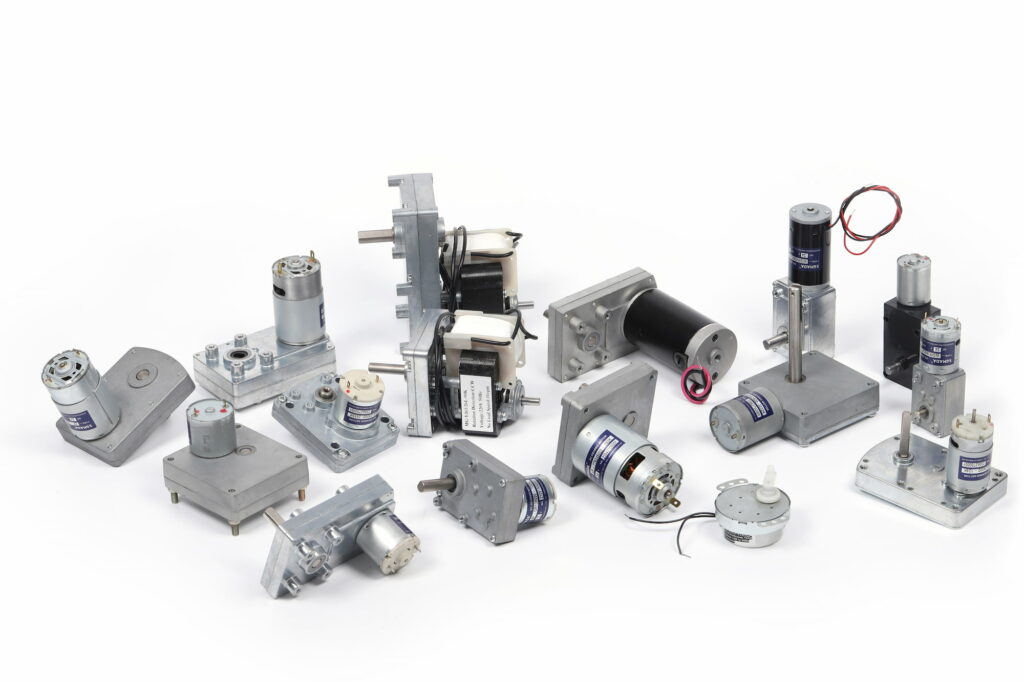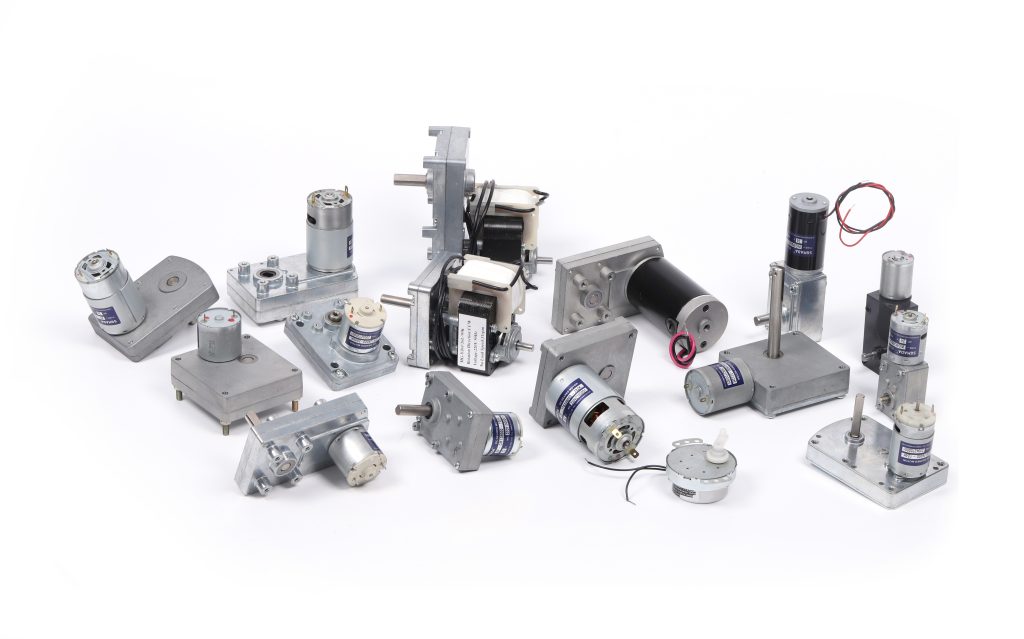Part 1: Instruction ( What is Humanoid Robots )
Since the early 21st century, humanoid robots technology has advanced rapidly. This surge in development was notably catalyzed by Boston Dynamics, a prominent American robotics firm, with the release of their bipedal robot Atlas on July 11, 2013. Following this milestone, an increasing number of technology companies have entered the arena of humanoid robot research and development, intensifying the competition for innovation.
Boston Dynamics – Atlas
Boston Dynamics is an American company with a strong reputation in the field of robotics, known for its innovative and high-performance robot designs.
Features:
| Feature | Description |
|---|---|
| High Mobility | Atlas is designed as a multifunctional robot capable of running, jumping, and carrying tasks in complex environments. |
| Advanced Balancing System | It has excellent balancing capabilities and remains stable even on uneven ground. |
| Complex Arm and Hand Mechanics | Enabling them to perform delicate manipulation tasks. |
| Purpose | Used for rescue, handling dangerous tasks (such as work in nuclear power plants, etc.). |
Atlas demonstrates amazing maneuverability and balance →
Tesla – Optimus
Optimus, also known as Tesla Bot, is a conceptual universal robot humanoid robot being developed by Tesla, Inc. Its purpose is to “do everything humans don’t want to do.”
Features:
| Feature | Description |
|---|---|
| Social interaction capabilities | Optimus is designed for human interaction, with facial recognition and natural language processing capabilities. |
| AI Ability | Tesla’s excellent chip and AI switching technology |
| Purpose | Companion, service robot |

Zhiyuan Robotics – RAISE A1
“RAISE A1” is a humanoid robot developed by Zhiyuan Robot, and has a complete humanoid shape. The “embodied intelligence” in the product introduction also represents the combination of artificial intelligence technology and robot entities.
Features:
| Feature | Description |
|---|---|
| Liquid Metal | Liquid metal has deformable, elastic and conductive properties, enabling free twisting and deformation of robot body parts |
| Human-Computer Interaction | “Multimodal fusion” technology enables it to better understand human language and behavior |
| Purpose | Industrial manufacturing and household services |
The new product launch of Zhiyuan RAISE A1 – opens a new era of embodied intelligence →
Robotic Technology
- Environmental perception: Modern humanoid robots are equipped with advanced sensors, such as lidar, infrared sensors and high-resolution cameras, which allow robots to perceive their surroundings more accurately.
- Mobility: Through advanced dynamics algorithms and sophisticated mechanical design, the mobility and flexibility of modern humanoid robots have been significantly improved.
- AI learning ability: The integration of AI technology enables humanoid robots to better understand and respond to human instructions, and even perform complex decision-making processes.
- Human-robot interaction: Humanoid robots are increasingly capable of natural communication with humans, including speech recognition, facial expression recognition, and complex non-verbal communication.
- Energy: Advances in motor and battery technology have improved the energy efficiency of humanoid robots and increased their runtime.
Part 2: The Power Core of Humanoid Robots-Motor

In the desin of humanoid robots, Linear motion and Rotational motion are the two core elements that constitute joint motion. The combination of these two movements constitutes most of the movement modes of humanoid robots, including grasping, jumping, walking, straightening and bending.
Linear Motion
Definition: Linear motion is motion along a straight path. In robot joint design, linear motion is mainly used to extend, contract or move parts, such as the push and pull of a robotic arm.
Application: In the legs of a humanoid robot, linear actuators may be used to simulate knee extension and flexion.
Rotation Motion
Definition: Rotational motion involves rotation about an axis. This is the most common form of motion for robot joints.
Application: The shoulder and wrist joints of humanoid robots usually have rotational movements to imitate the corresponding movements of humans. The joints of industrial robots also often use rotational motion to achieve multi-directional flexible operation.

Which kind of Motor used in Robot ?
The motor is the core power source for robot joint motion and linear motion. When designing the powered portion of a robot joint, there are several specific factors that need to be considered to ensure that the motors can meet the functional needs of the robot. Here are some key factors:
| Feature | Description |
|---|---|
| Torque | Robot motion requires high stall and starting torques |
| Speed | The speed range of the motor needs to be controllable |
| Precise control | Robot motors require precise control and feedback, and the accuracy requirements are very high |
| Size | The installation space of the joint motor determines its strict size requirements |
| Weight | Robot motors need to be as light as possible |
| Voltage | Humanoid robots are powered by lithium batteries, and the general voltage is 12V-48V |
1. BLDC Motor
BLDC motor is a kind of high-efficiency, long-life motor that uses electromagnetic control (rather than traditional mechanical methods) to control the power and commutation of the motor.
Advantage:
- Lifespan: Brushless motors have a very long life and low maintenance
- Precision and control: The electronic control unit precisely controls the speed and torque of the motor
- Silent: Brushless motors have very low operating noise and are suitable for service robots
- Stability: Brushless motor technology is mature, with many options and simple design
2. Frameless Torque Motor
Frameless torque motor is a motor with no frame structure and can be driven directly. It is mainly used to provide high torque and precise control required by robot joints. Due to its high precision, small size and low cost, it is widely used in robots. Robotic arms, aerospace, precision machinery and other fields.

Advantage:
- High torque density: Frameless torque motors are capable of delivering high torque at low speeds.
- High-precision control: Due to the lack of additional mechanical transmission components, frameless torque motors can provide higher motion control accuracy.
- Size and weight: The frameless structure allows the motor to be more compactly integrated into the machine design, saving space and reducing weight.
- Low inertia: Direct drive eliminates additional rotating parts, thereby reducing the total inertia of the system, making quick starts and stops possible.
3. Servo Motor
The servo motor is a specially designed closed-loop controlled brushless motor that is mainly used to provide precise control to achieve precise movement.
Advantage:
- Closed-loop control: The servo motor works in a closed-loop system, and the actual movement of the motor is continuously monitored and compared with the expected movement to achieve precise control.
- Signal input: The controller sends command signals to the motor, instructing it to move to a specific position, move at a specific speed, or generate a specific torque.
- Feedback: Feedback devices (encoders) provide information about the actual position and speed of the motor
4. Outrunner BLDC Motor
The outrunner BLDC motor is a brushless DC (BLDC) motor with a special structure. Its main feature is that the rotor (rotating part) is located outside the stator (stationary part).
Advantage:
- High Torque Output: Due to the larger diameter of the rotor, external rotor motors can provide greater torque.
- Flat design: External rotor motors are suitable for use in applications where space is limited.
- Low moment of inertia: Outer rotor motors have a relatively low moment of inertia, allowing them to accelerate and decelerate quickly.
- Heat dissipation: The external design of the rotor helps to dissipate heat more effectively, improving motor efficiency and lifespan.
5. Robot Joint Motor
The joint motor is a high-precision, high-energy-density driving device that integrates a gearbox, an encoder, and a frameless torque motor.
Advantage:
- Precise control: Joint motors can provide high-precision angle and speed control.
- Integrated design: The design of the joint motor integrates the gearbox, motor, and control into one module, which greatly reduces the weight and size of the motor.
- High Torque Density: Joint motors are designed to provide high torque output in a relatively small volume.
Part 3: Power Transmission of Humanoid Robot-Gearbox
Gear structure is an important component of humanoid robots, mainly used to transmit and enhance the power and control capabilities of robot joints and moving parts. The main function of the gearbox is to convert the high-speed and low-torque output generated by the motor into low-speed and high-torque output.
Gearbox Feature:
- Torque increase: Increase torque by reducing the speed of the output shaft
- Precise control: Improve the control accuracy of robot joints and moving parts, helping to achieve more precise movements.
- Efficiency: Reduce the load directly on the motor shaft, improving the service life and efficiency of the motor.
- Space: Integrated gearboxes enable a more compact robot design, especially in joint areas where space is limited.
1. Planetary Gear
The planetary gear structure is an efficient gear transmission system. Its compact structure, high torque density and high efficiency make it widely used in humanoid robot accessories.
Advantage:
- Space efficiency: Planetary gearboxes are suitable for space-constrained humanoid robot joints such as arms, legs or feet.
- Precise control: The high reduction ratio allows the motor to precisely control the robot’s movement
- Cost-effectiveness: Planetary gearboxes are relatively cheap

2. Planetary Screw
Planetary Roller Screw is a high-precision mechanical transmission element consisting of a screw (helical shaft), a nut and multiple precision rollers. When the screw rotates, the rollers roll along the spiral groove of the screw, causing the nut to move along the screw axis, thereby converting rotational motion into linear motion.
Advantage:
- Precise control: Planetary roller screws provide very precise linear motion control
- High load capacity: planetary roller screws can withstand high loads
- High rigidity and durability: This screw has high rigidity and good durability
- Smooth motion: Planetary roller screws provide smooth motion, helping to reduce vibration and noise.

3. Harmonic Gear
The harmonic reducer is a high-precision and high-efficiency gear reduction mechanism. The harmonic reducer is mainly composed of a flexspline, a wave generator and a circular spline. When the wave generator rotates, it transfers the elliptical shape to the flexspline, causing the flexspline to deform. Since the number of teeth of the flexspline and the rigid spline is different, this deformation causes the flexspline to rotate slowly relative to the rigid spline, resulting in a deceleration.
Advantage:
- High Torque Density: They provide high torque output in a relatively small size.
- Efficiency: The harmonic reducer has high transmission efficiency and can effectively convert energy.
- Low Backlash: Virtually no backlash, which is critical for applications requiring high repeatability positioning accuracy.
- Low Vibration and Noise: The harmonic reducer operates smoothly with low vibration and noise levels.

The Development Direction of Robot Reducer
With the advancement of robotics technology, the future direction of humanoid robots must be commercialization. For the future development of humanoid robots, the robot’s reducer should take into account the following key factors.
| R&D characteristics | Details |
|---|---|
| Performance | Improve accuracy and torque density, enhance durability and reliability. |
| Weight and Space | Miniaturized design, using new materials to reduce weight and improve performance. |
| Modular | Develop standardized and modular reducer components to achieve cross-domain compatibility. |
| Cost | Reduce costs by improving design, manufacturing processes and large-scale production. |








